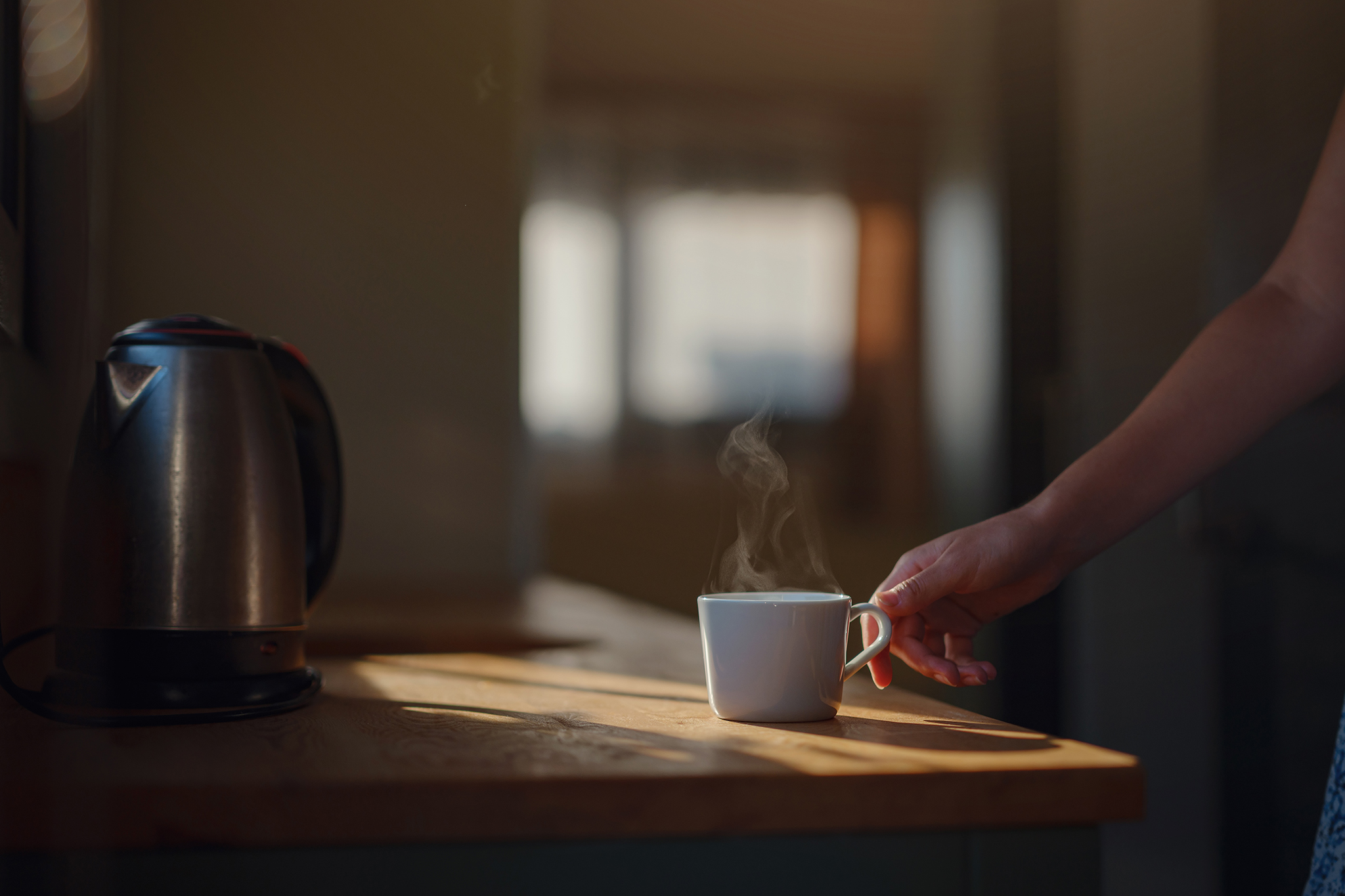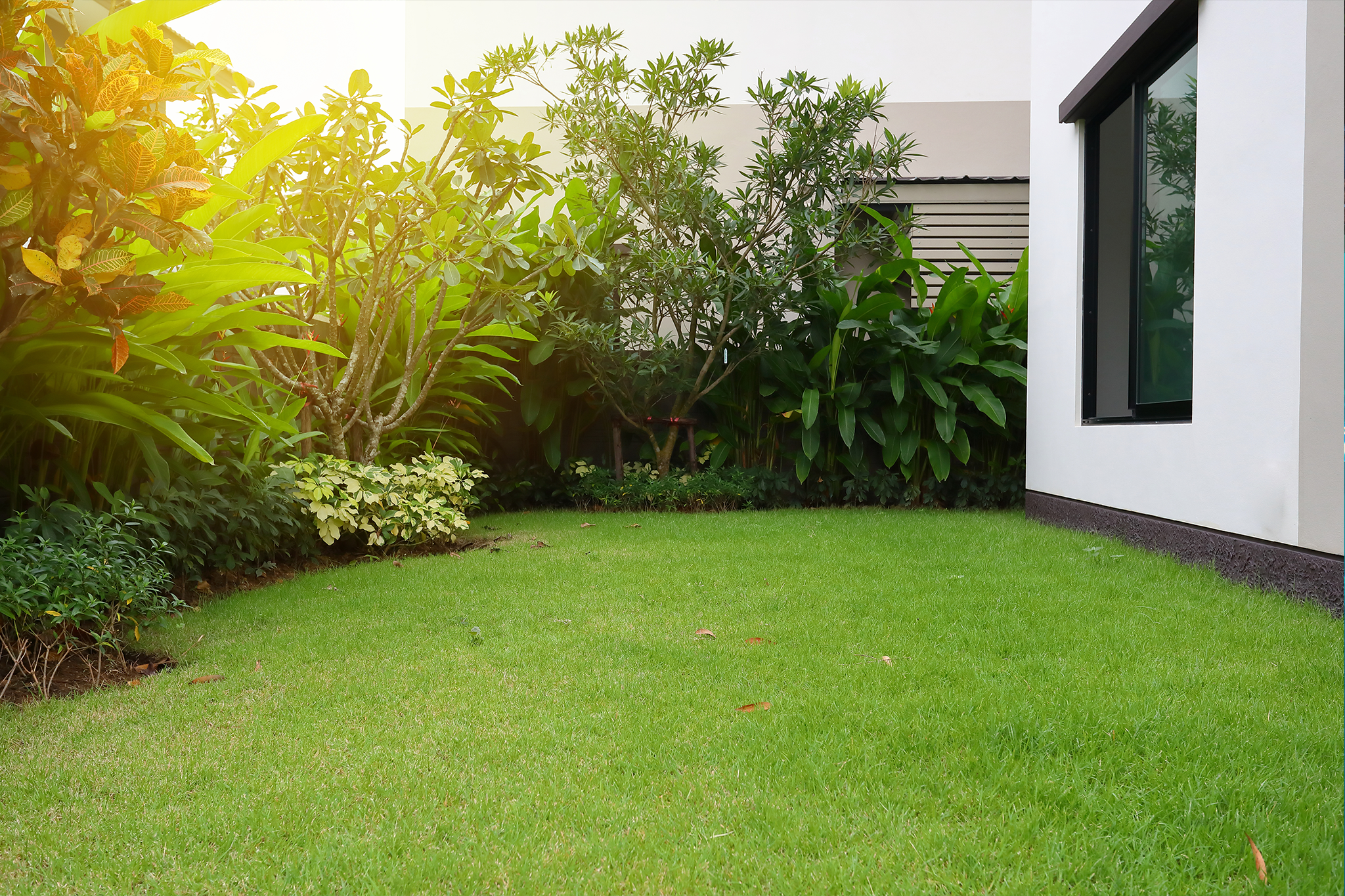

Granny Flats
If you have a sizeable block and you’re looking suggestions as to how to utilise the empty space, have a think about adding a granny flat!
What is a granny flat?
A granny flat is a fully independent living space that can be either an extension of the main house or a separate structure. It’s important that a granny flat always has a separate external entry. This way, if you choose to rent out the space or use it to accommodate visitors, they can maintain autonomy and won’t disrupt you by having to enter through the main house.
Note that the size of your granny flat will be determined by regulations established by your local council. Ultimately, the size of your block will determine whether you can build a granny flat and will influence its design. If you have a certain vision in mind, you should ensure that you have the space to bring it to life before you make too many plans.
What features does a granny flat need?
If you intend to use granny flat as a secondary residence, then it must be entirely self-sufficient, meaning it should have a functioning kitchen and at least one bathroom. To make your property more appealing, you should pay attention to the features that are currently desired by renters or travellers. Choosing aesthetic design elements, maximising the use of space and making the granny flat as eco-friendly as possible will also aid in resale value of your property.
It’s wise to include features that increase accessibility to avoid limiting your choice of occupants. For example, you may find an elderly tenant (or granny, if you will) or someone with a disability. Thinking about this early on is crucial, as you will be able to implement wider hallways, non-slip flooring, and other features that increase accessibility.
If you intend to use the space for other purposes, for example, as an office or den, then naturally you should take this into account during the design phase, as you will not need all the features generally found in a typical house.
Recently, WA has relaxed regulations, meaning that granny flats smaller than 70 square metres will not be required to go through lengthy council approvals. However, it’s nevertheless important to consult with a reputable builder and architect to ensure that your structure adheres to all relevant regulations and standards.
Benefits of granny flats
Increased Property Value
A leading benefit of constructing a granny flat is its potential to increase the value of your property, particularly when it’s been designed to seamlessly blend with the main home’s overall aesthetic. In an ideal market, the value added to your property will outweigh the cost of construction and maintenance. Before making a commitment, we recommend seeking your builder or real estate agent’s opinion as to whether a building a granny flat is right for you considering your unique circumstances and the state of the property market.
Source of Income
Granny flats can be rented out to tenants, providing a steady stream of rental income. This can help offset mortgage payments, property taxes and maintenance costs. In today’s post-COVID market, there is a high demand for affordable rental units, particularly in urban areas. Granny flats can attract students, young professionals and retirees looking for affordable living options. They can also be used as short-term rentals through platforms like Airbnb, which can actually generate higher income than long term rental agreements.
Flexibility
Having a granny flat affords you with flexibility. It can serve as a guest house for visiting family members or friends and can even be converted into a rental as needed. Alternatively, you could establish it as a space for your children to use, keeping your house neat and tidy. As kids grow up, houses can begin to feel more crowded, so giving them a space where they can study or socialise may be beneficial for the whole family. For people with elderly parents or relatives, granny flats are ideal for maintaining their privacy and independence while also facilitating easy access to support and assistance when required. Importantly, granny flats simplify caregiving for loved ones by eliminating the need for frequent travel.
Disadvantages of granny flats
Costs
Building a granny flat can be expensive when you consider the costs of construction, obtaining relevant permits and additional infrastructure like plumbing and electrical systems.
If you intend on renting the granny flat through an agent or property manager, consider the costs associated with doing so. The rent you can collect will need to make these expenses worthwhile.
Additionally, adding a granny flat to your property can increase your insurance premiums, as you may need additional coverage for the new structure and any rental activities.
You cannot subdivide
Once a granny flat has been built on your property, you generally cannot subdivide (unless it is permitted under the local planning scheme). It’s important to understand the impact that establishing a granny flat can have on your potential to develop or make changes to your property, so make sure you do your research.
Resale Challenges
While a granny flat will generally increase a property’s value, some buyers may find it unappealing. They may be deterred by the maintenance costs and efforts required, or be uninterested in using it as a rental. This may mean you will need to be a little more patient to find a buyer.
So, what’s the verdict?
Ultimately, it’s up to you to weigh up the potential disadvantages of having a granny flat against the benefits. Your decision should align with your financial goals, lifestyle needs and long-term property plans. By doing your research and evaluating these factors, you can make an informed decision about whether building a granny flat is right for you.



